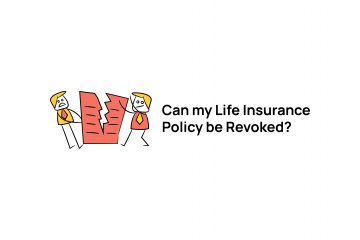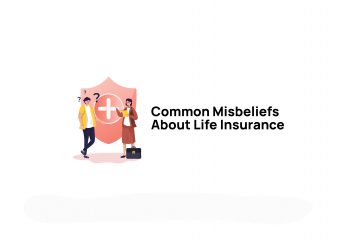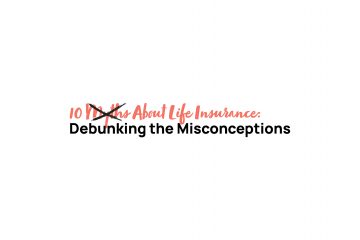Life insurance makes up an important part of your overall financial plans. As your needs change over time, the thought or option of replacing a life insurance policy with another one may be presented to you. Does it make sense? What do you need to know? Let’s consider a few things.
Firstly, knowing what is included in your insurance policy is important. When it comes to replacing coverage there are two key clauses to consider. In many life insurance policies there is an exception clause that applies to death by suicide. This clause covers the first two years of the policy. What this basically means is that if the cause of death is suicide and it is beyond the first two years of the policy, the life insurance company is required to pay the death benefit to your beneficiaries. If you replace your life insurance policy, you are essentially resetting the clock on this two-year window.
There is also a two-year incontestability period in policies. This two years is a time frame where a simple error (i.e. not fraud) on the application can result in changes to the policy. Again, replacing your life insurance policy resets the clock on these two years.
Next, think about what type of replacement you are making. We often see term life insurance policies being replaced by new term life insurance policies. This is most often done when the premium is at a renewal point (or close to a renewal point) and it can be lowered by submitting a new application and redoing the medical underwriting (health questionnaire, potential medical examination, etc.). You prove to the life insurance company that you are still healthy and they will give you a new policy with a rate better than the renewal offer. This would be replacing your policy and you need to consider the two clauses mentioned earlier, otherwise the premium and coverage levels would be the deciding factors. An example of this would be if you purchased a 10 year term life insurance policy and you are in the 9th year of the policy. You still require life insurance coverage and have the option of renewing the same policy for another 10 years at a much higher cost (typically 3-4 times the original premium) or you can submit a new application and show medical evidence to get lower rates. If you move forward with a new policy and cancel your existing policy, you will restart the two-year window for suicide and incontestability periods.
If you are looking at replacing a permanent life insurance policy there is another factor to consider. This is the cash surrender value associated with the policy. You will need to contact your existing life insurance company to get a calculation of the income tax implication so that you are not surprised by taxable income from cancelling a permanent life insurance policy. The cash value of a permanent life insurance policy will grow on a tax-deferred basis and if you cancel the policy there is a calculation where you can be told by the CRA how much taxable income will be triggered (called a policy gain).
Also, consider the premium when looking at replacing permanent life insurance coverage. Unlike term coverage, this policy type has a premium that does not change so you are giving up coverage at a rate that you likely can never get again (based on your age). Consider all the riders and benefits when looking at replacing this type of policy to make sure that you are not giving up something that is more valuable than you thought.
Moral of the story? When comparing replacing term and permanent life insurance policies with a new life insurance policy, more often than not it will make more sense to replace a term life insurance policy than a permanent life insurance policy. Term life insurance policies have rates that increase over time which can possibly be reduced if you can qualify for a new policy (depends on your health). Permanent life insurance policies have level premiums for life and typically should not be replaced.
Either way, you should always consult with a professional to see what your options are to determine what is the best route to take. Please contact us if you have any additional questions or request a quote.






























































